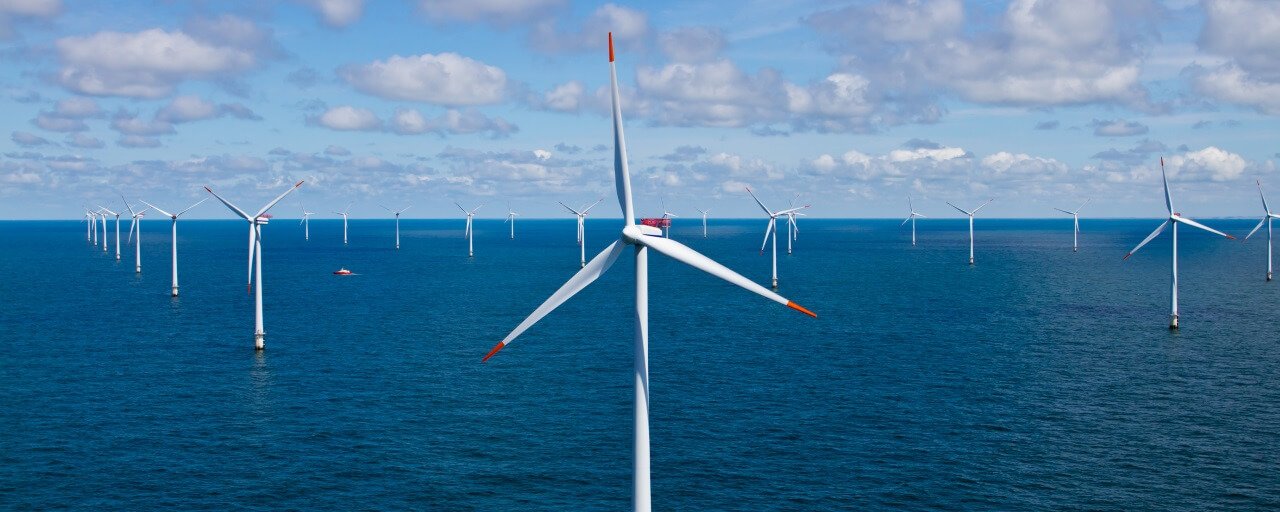Offshore wind sector set to expand despite Trump’s thumbs-down

Offshore wind developers and asset providers, particularly those engaged in waters off the US east and west coasts, have been deeply dismayed by President Trump’s radical new strategy, placing offshore wind development on hold. Analysts there estimate that the Biden Administration’s target of 30GW of offshore wind power by 2030 may now be slashed to just 5MW.
Together with this dramatic drop will come the impact on employment in the sector, with tens of thousands of new jobs now on hold. US coastal states on the eastern seaboard will also take a hit. Denmark’s Ørsted predicted last year, for example, that its planned 1.2GW Starboard Offshore Wind project would generate around $420 million of direct investment and create about 800 jobs in Connecticut.
Despite the US setback, however, the offshore wind research firm, Intelatus, remains optimistic about the global backdrop, predicting continued growth, with the number of purpose-built Service Operation Vessels (SOVs) and Construction Service Operation Vessels (CSOVs) doubling from about 60 units today by 2028. These vessels are essential as offshore farms move into deeper, windier waters further from shore which cannot be effectively serviced by smaller Crew Transfer Vessels.
However, Intelatus Director of Research, Phil Lewis, has also sounded a cautionary note. “The offshore wind industry is evolving rapidly,” he said. “SOVs are typically built against long-term charters, ensuring balanced supply-demand dynamics. In contrast, CSOVs, often constructed speculatively, cater to shorter duration construction and commissioning projects. Aggressive investment in CSOVs is likely to lead to oversupply in the short- to mid-term and impact day rates.
“While key projects may face delays and some investments will be re-evaluated, the US offshore wind industry is far from stalled. The market’s reliance on robust European supply chains and its inherent growth potential support longer-term prospects, despite the current headwinds,” he added.
The Intelatus research identifies the interplay between offshore wind and conventional offshore energy markets. A number of early walk-to-work vessels, for example, were adapted from oil and gas, the firm noted, but more activity in the hydrocarbon sector could see their return to traditional markets. There is now even some possibility that purpose-built offshore wind CSOVs could be deployed in oil and gas projects.
However, shorter CSOV employment contracts and variable day rates based on fluctuating markets could put some CSOV operators under pressure. “We anticipate the opportunity for M&A activity in the coming years as companies seek to acquire financially distressed players,” Lewis commented. “The sector offers substantial growth opportunities, but strategic positioning will be key.”
Source: Seatrade News
- 2/14/2025
- Shipping News

